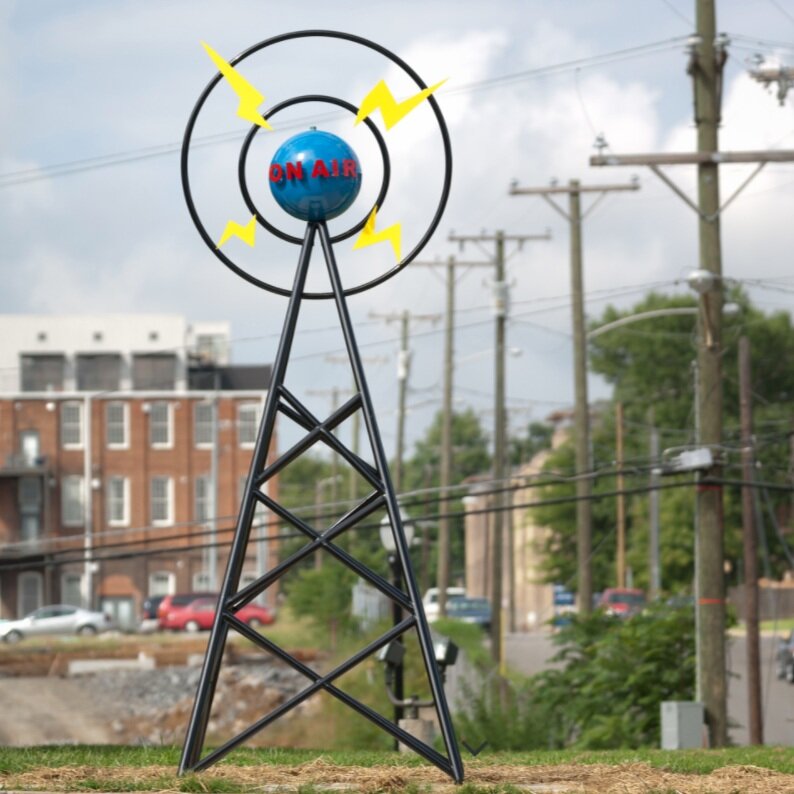Securing Capital
How do you creatively find funds to support arts-based engagement?
How can you negotiate conversations around funding for arts-based community development approaches in your community?
A resource that is good for both new and established artists to develop their professional and entrepreneurial skills through workshops, case studies, exercises, and analytical tools.
Drexel University’s Lindsey’s Institute for Urban innovation produced a report and an interactive dashboard examining creative placemaking’s economic impact on communities. Through case studies, the report focuses on how creative placemaking initiatives funded and financed their respective projects and provides their prediction and recommendations for how creative placemaking can move forward. The interactive dashboard breaks down this data further allowing users to view funding streams for specific arts practices.
Creative placemaking projects strategically link communities and local governments with artists, designers, and arts organizations to improve quality of life, create a sense of place, and revitalize local economies. This online resource from the NEA of over seventy case studies gives examples from across the nation on how different communities are harnessing the capacity of arts- and culture-based strategies.
This is a case study of a creative placemaking project that worked with local law enforcement officials to turn an underutilized space into a public amenity and allow for positive engagement between community members and law enforcement officials. The project also incubated local businesses and created local jobs.
This online resource is a great guide to the “nuts and bolts” of creating and sustaining partnerships between artists and local government.
This toolkit is a practical guide for non-profits, businesses, or municipalities to create formal partnerships with artists. Springboard for the Arts recognizes the importance of cross-sector collaborations and reciprocal relationships with artists in this guide.
This guide provides strategies for partnerships between artists and business districts to address a wide variety of goals. It outlines the typical steps in creative placemaking project planning and implementation but geared specifically to potential ROIs for business districts.
As public funding becomes increasingly strained, counties must search for and employ new strategies to improve their communities and local economies. NACo, in partnership with Americans for the Arts launched the Creative Counties Placemaking Initiative to support counties as they work to identify and strengthen ways to integrate arts into solutions to local challenges. The Creative Placemaking Toolkit for Counties is a web resource with recorded webinars and conference sessions as well as links to useful tools for counties, particularly related to the impact of arts and culture on local economies and potential funding opportunities. It is most helpful to county governments and rural governments who know a little bit about creative placemaking already and are looking to expand their local economies through the arts.
This report outlines how two movements – equitable development and community-centered arts and culture – are working to strengthen each other. It is a survey of both fields through interviews, case studies, and policy studies, going sector by sector, and focuses on the policies and funding opportunities that can help expand both fields.
In this report for the Housing Assistance Council, Immonen points out that placemaking has been a part of indigenous experience for hundreds and thousands of years. She notes that the integration of the arts into whole community lives and activities that creative placemaking represents aligns with indigenous ways of knowing and sense of belonging. The report illuminates a great need for focused funding for creative placemaking for tribal organizations, and increased sensitivity to specific needs and ways of being of indigenous peoples.











